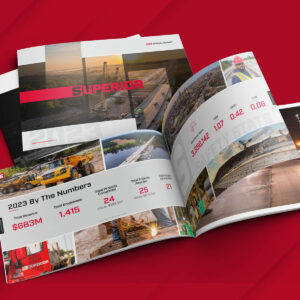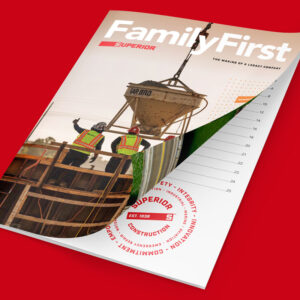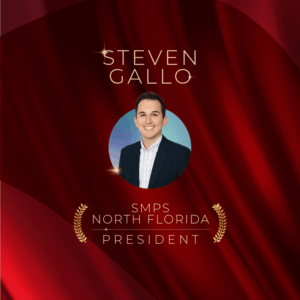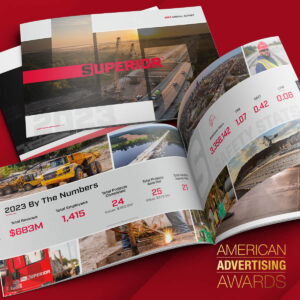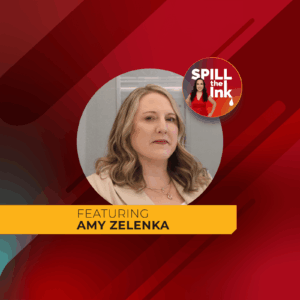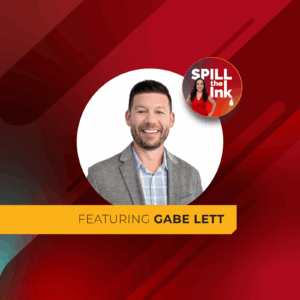
Inksights Blog : The Reputation Ink Blog
Reputation Readiness: How AEC Firms Can Build Trust Before a Crisis Strikes
Just like you, I saw the Coldplay concert drama play out on my social media feed this summer. As a (ahem) seasoned marketing and PR professional, I couldn’t help but empathize with Astronomer’s marketing and PR team (who, in my opinion, responded brilliantly). It was a vivid reminder of Warren Buffett’s famous line: “It takes 20 years to build a reputation and five minutes to ruin it.”
For Astronomer, those five minutes played out in real time for millions.
While most architecture, engineering and construction (AEC) firms will never face a viral catastrophe, many will face crises of their own. A small design error that leads to safety issues, a permitting oversight that stalls a high-profile project or a delayed delivery on a community development can all make headlines — and those headlines can live forever online.
The Case for Actively Managing Your Firm’s Reputation
Today’s hyper-connected world means your firm’s reputation can change in an instant. A single negative headline or out-of-context social media post can ripple through search results and client inboxes faster than you can respond. And once it’s out there, you can’t just make it disappear.
Take, for example, New York’s 1 Seaport project, dubbed the “Leaning Tower of New York.” What began as an ambitious luxury condo build turned into a reputational nightmare when the building literally began to tilt. The project spiraled into safety violations, lawsuits and widespread negative press — not just for the developer, but for every firm associated with the build.
In 2024, Arup Group faced a very different kind of crisis when its Hong Kong office fell victim to a deepfake scam. Fraudsters impersonated executives through AI-generated video calls, tricking employees into authorizing payments, resulting in a $25 million loss. Beyond the immediate financial hit, the incident raised urgent questions about cybersecurity and internal controls, shaking client confidence across the industry.
These two examples highlight how reputation damage can arise from both visible, physical failures and hidden, technological threats. Whether it’s a tilting tower or a deepfake scam, the impact is the same: your firm’s name, credibility and trust are on the line — often in ways you can’t predict.
Most crises won’t be this dramatic, but they underscore an important truth: how the public perceives your firm in those moments depends on the story you’ve been telling all along. If you’ve built a strong track record of transparency and integrity, one bad headline is far less likely to define your entire firm.
That’s what we call reputation readiness: the proactive steps you take today to minimize the impact of tomorrow’s challenges. It’s more than traditional AEC public relations ROI — such as growth, attracting ideal-fit clients or landing marquee projects. It’s about creating reputation capital, a store of credibility and goodwill that compounds over time and protects your firm’s bottom line when it matters most.
How Reputation Impacts Business Outcomes
Your reputation is more than your image — it’s a strategic asset that drives revenue, retention and resilience.
Here’s how a strong, well-managed reputation pays off in measurable ways:
- Winning work and repeat clients: A consistent record of excellence, showcased through project announcements, testimonials and case studies, builds confidence and leads to ongoing engagements.
- Driving new business: A visible, positive reputation positions your firm as reliable and trustworthy, helping prospects choose you over competitors.
- Attracting top talent: High-performing professionals want to work at firms known for innovation, safety and strong workplace culture.
- Protecting financial performance: A trusted reputation allows you to command competitive fees, protect margins and reassure investors and partners during challenging times.
Proactive Moves That Build Reputation Capital
A strong reputation isn’t built overnight — and it certainly isn’t built during a crisis. These five strategies will help your firm lay the groundwork now.
1. Thought Leadership on Owned Channels
The best way to control the narrative about your firm is to tell your own story. By publishing content on your website, blog and LinkedIn, you establish a public record of expertise, values and performance.
Go beyond self-promotion by tackling issues that matter most to stakeholders, like:
- Sustainable design and climate resilience
- Mitigating project delays amid labor and supply chain challenges
- Jobsite safety and worker well-being
- Leveraging new technologies like AI, digital twins and modular construction
- Workforce development and training the next generation of talent
When your thought leadership is transparent and solutions-oriented, you build a track record of credibility. Then, when a crisis happens, stakeholders can look back and see clear evidence of your firm’s integrity and leadership.
2. Executive Visibility (a.k.a. Personal Branding)
People trust people — especially leaders who communicate clearly. Helping your firm’s executives cultivate personal brands humanizes your company and builds trust before a crisis occurs.
Encourage leaders to:
- Share lessons learned and project insights on LinkedIn
- Speak at industry conferences and panels
- Engage with peers and journalists online
This visibility boosts search rankings, client trust and media readiness, ensuring that in a high-stakes moment, your leaders are already seen as credible voices who can shape the narrative.
3. Testimonials and Reviews
What others say about your firm carries more weight than what you say about yourself. Build a system for:
- Collecting positive testimonials for use on your website and proposals
- Monitoring online reviews and responding promptly and professionally
Handled well, even negative reviews can demonstrate accountability and responsiveness — turning potential setbacks into reputation-building moments.
4. Media Relationships Before You Need Them
If your first interaction with a reporter happens during a crisis, you’re already at a disadvantage. Start now:
- Identify journalists and outlets that cover your niche
- Pitch success stories, trends and expert commentary regularly
- Offer behind-the-scenes access or data-driven insights that add value
When something goes wrong, reporters who already know you will be more likely to seek your perspective — ensuring balanced, accurate coverage instead of speculation.
5. Crisis-Adjacent Content
Create content that positions your firm as a calm, credible guide during uncertain times. Topics might include:
- Navigating supply chain disruptions
- Best practices for risk management and jobsite safety
- Workforce succession planning and development
- Resilient design in the face of climate change
- Leveraging AI and tech innovations to improve outcomes
When your audience already associates your firm with steady leadership, you can lead the conversation during a crisis instead of scrambling to defend yourself.
Don’t Forget Internal Audiences
During a crisis, employees are frontline brand ambassadors. Clear, consistent internal communication:
- Reduces misinformation and panic
- Helps employees know how to respond to client questions
- Reinforces trust and morale internally, even when the firm’s external reputation is under stress
A proactive approach to internal communications can make the difference between chaos and cohesion.
Reputation = Revenue
Reputational damage doesn’t just hurt feelings — it hurts the bottom line. Negative press can derail bids, delay project approvals, increase insurance costs and even lead to lawsuits.
Investing in reputation readiness is financial risk management, just like safety protocols or quality control systems. And, just like any major build, a strong reputation requires planning, resources and maintenance. Firms that nurture it consistently are better equipped to weather storms and emerge stronger on the other side.
What’s Next: Our AEC Reputation Readiness Series
This post kicks off our new blog series, Reputation Readiness: How AEC Firms Can Build Trust Before a Crisis Strikes.
In the coming weeks, we’ll explore:
- Building trust through thought leadership
- Strengthening executive visibility
- Creating a reputation “insurance policy” of core assets every firm should have before a crisis
And much more. Subscribe now to our INKsights email newsletter to follow the series.
Related AEC, Architecture, Construction and Engineering. Content
Maximizing Employee Engagement Through a Compelling Employee Newsletter
Reputation Ink | Jun. 24, 2025
Rebuilding a Construction Company’s Brand With Impactful Visuals
Reputation Ink | Jun. 24, 2025

